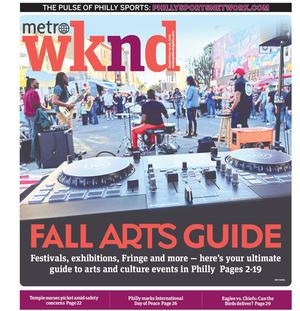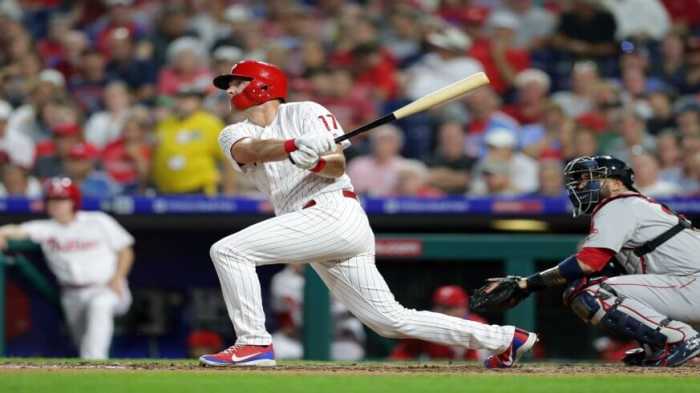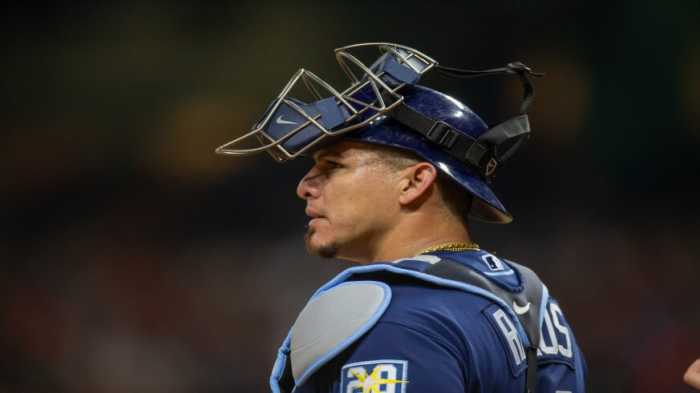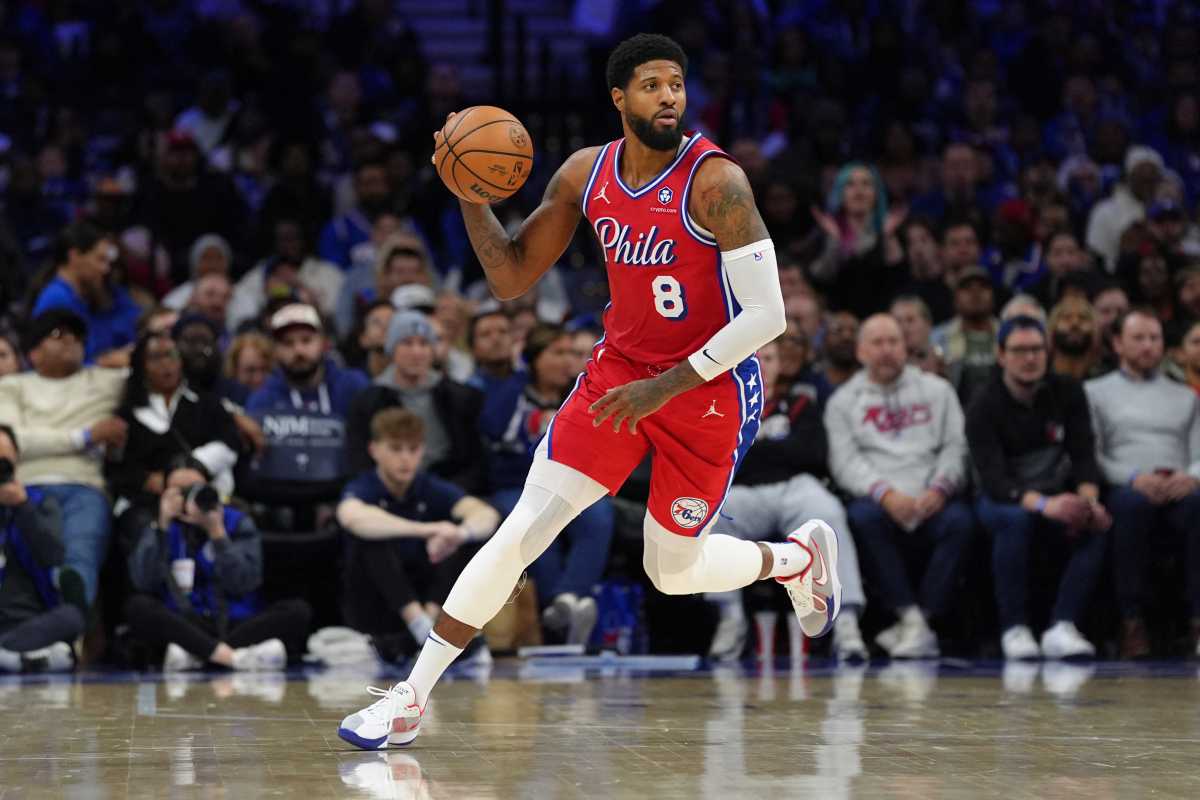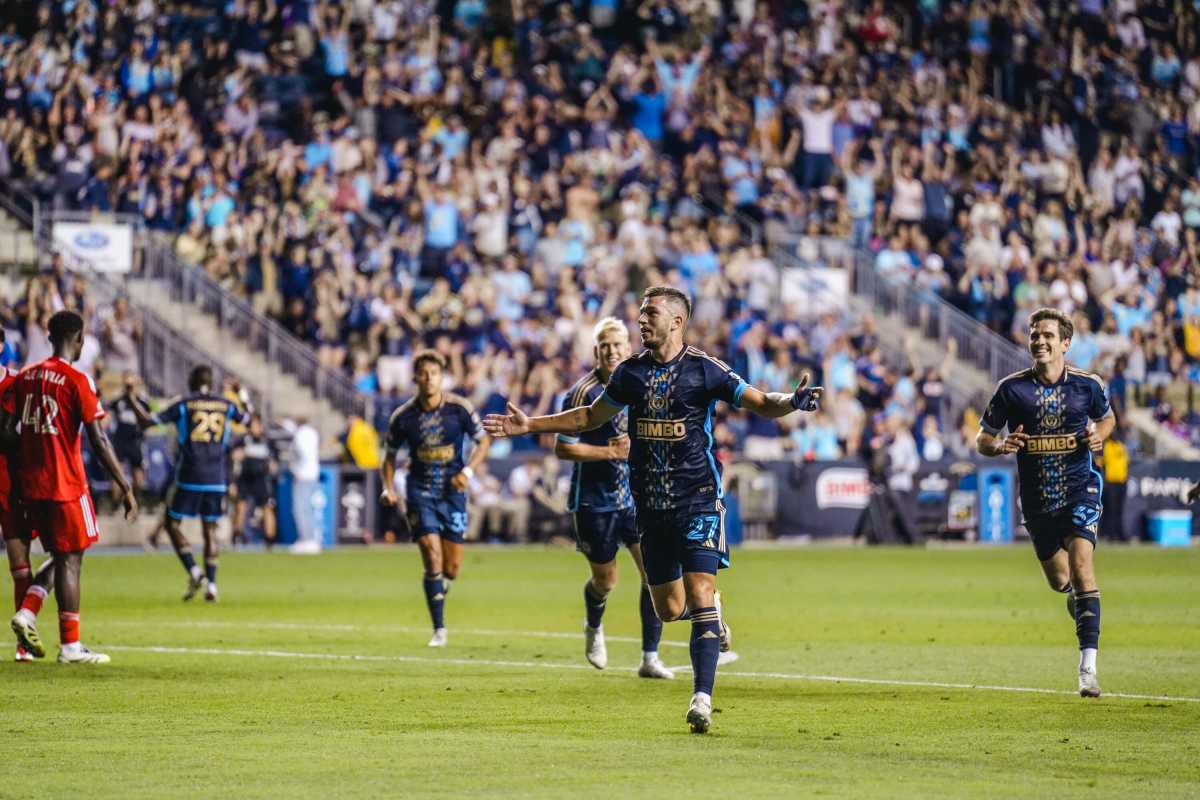Reports surfaced on Tuesday that Major League Baseball could begin its regular season without fans in attendance to ensure that the most games possible are played in 2020.
It’s an unfortunate side effect of the possible return of baseball — whose absence has left a noticeable void amongst the American landscape during the COVID-19 outbreak.
But for a country begging for a shred of normalcy, baseball would provide just that — even if it means games being played in empty stadiums.
While the public wouldn’t be able to head to the ballpark, at least they could tune into the games on TV or the radio. I implore everyone to spend at least one summer night outside listening to a ballgame on the radio. It’s nothing short of a religious experience. But that’s beside the point.
Playing in front of no fans is as close to unprecedented as it gets for the game.
For as long as there has been baseball, there have been fans on hand to watch the game — even in its infancy.
Even when attendance records were first recorded back in 1890, Major League Baseball still averaged over 1,400 fans per game. And that was during a time when MLB had to compete with other top professional leagues like the American Association and the Player’s League — which provided more affordable tickets for fans.
What was once thought to be an unbreakable record, the long-standing record for the fewest fans in attendance of an MLB game was between 6 and 25 fans — depending on the report — for an 1882 matchup between the Troy Trojans and Worcester Worcesters.
The late-season game on Sept. 28 offered poor conditions, but interest in both teams was extremely low after the National League notified both teams that their places in the league were being eliminated.
Troy won the game 4-1 behind the pitching brilliance of Tim Keefe, who was just in his third year of a Hall-of-Fame career that surmounted to 342 wins — the 10th-most all-time.
Since 1891, Major League Baseball drew at least 1 million fans to its game every year with single-game averages of 20,000 being met each season since 1979, making that 1882 meeting between the Trojans and Worcesters a record that might never be broken.
It would fall, however, 133 years later in Baltimore when the Orioles and Chicago White Sox played a game in front of zero spectators — providing a preview of what MLB players might expect this spring.
On April 29, 2015, the Orioles defeated the White Sox 8-2 in the first crowd-less game in MLB history.
There was civil unrest in Baltimore following the death of Freddie Gray, who succumbed to injuries suffered while in police custody.
While Baltimore PD could not properly or consistently explain what happened to Gray, the protests spread throughout the city and descended into violence.
In total, at least 20 police officers were injured, over 250 people were arrested, an estimated 285-350 businesses were damaged, 150 vehicles were lit on fire, 60 buildings were set ablaze, and 27 drug stores were looted.
Thousands of police officers and members of the Maryland National Guard were deployed and with a state of emergency declared in the city, the first two games of the Orioles’ series against the White Sox were canceled.
Because the games could not be made up at a later date, Game 3 of the series was played behind closed doors due to the lack of security available.
“”It was such a weird situation because there was so much going on around the city and I think so much pain and suffering that could be helped by just turning on the TV,” Orioles first baseman Chris Davis recalled (h/t Baltimore Sun). “It was a hard time for the city and I think as players, I thought we really hoped we could be a distraction at that point. It’s still tough to think about it all now. I don’t think too many of us really go down that road too often because there’s a lot of pain there and it’s not something pleasant to think about.”
There is a good chance that baseball players will be tasked with a similar burden given the coronavirus outbreak — one that will challenge the psyche of all involved much like it did Davis’ five years ago.
As of Wednesday morning, there have been 186,992 confirmed cases of the virus with 3,888 deaths, per CNN.
On Tuesday, President Donald Trump and his coronavirus task force revealed that the worst times are still ahead with the death toll expected to reach near 100,000.
